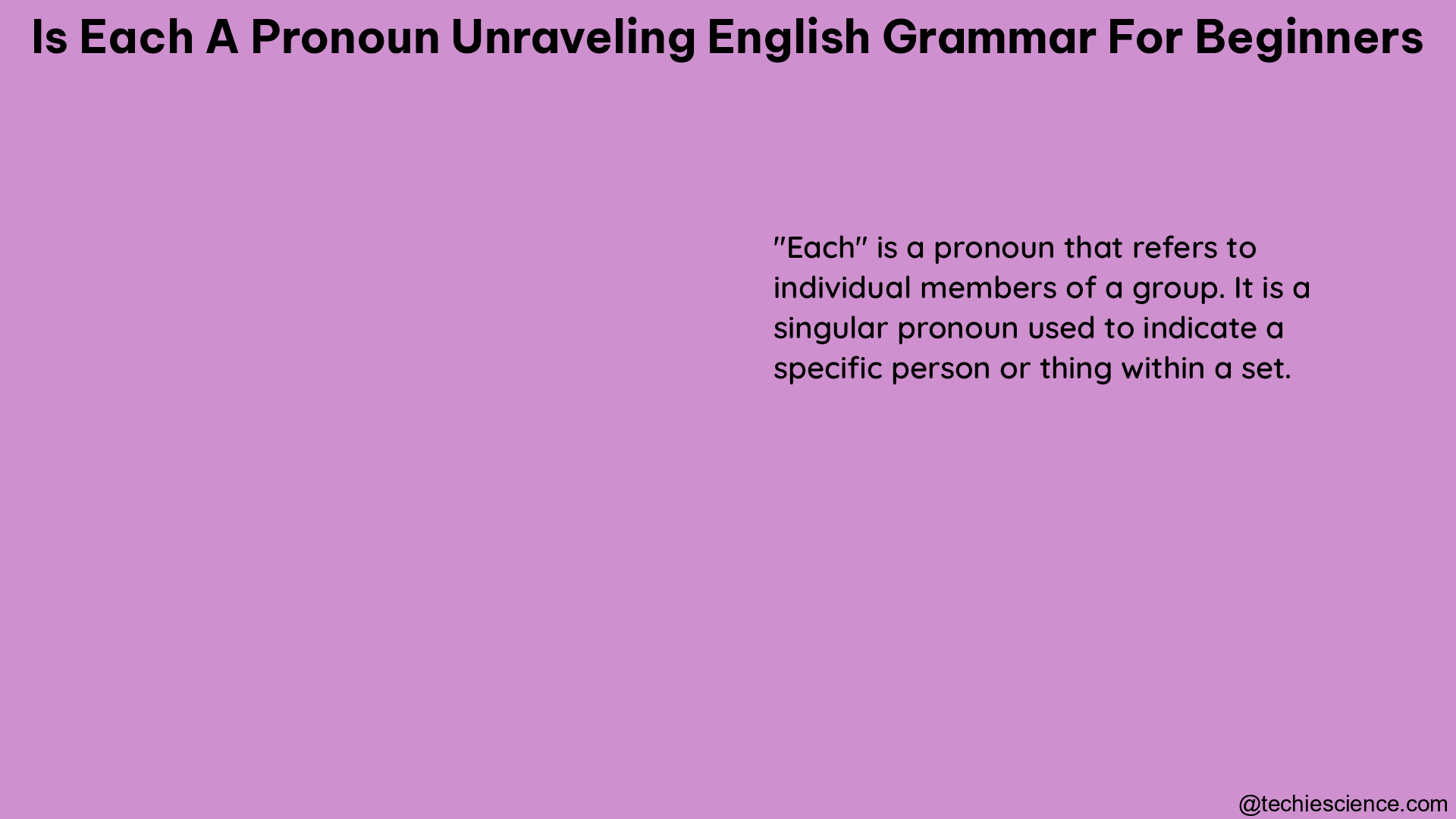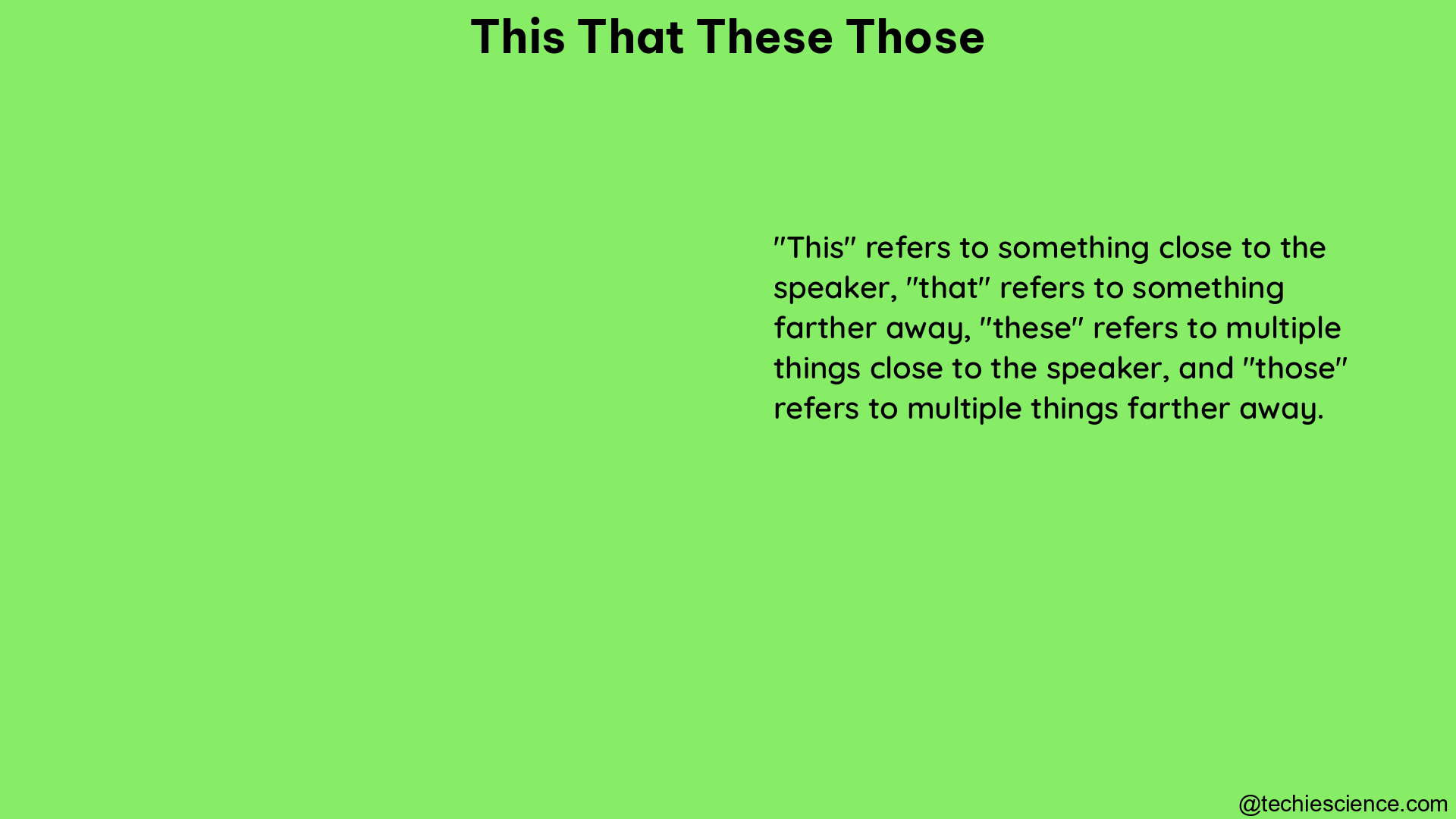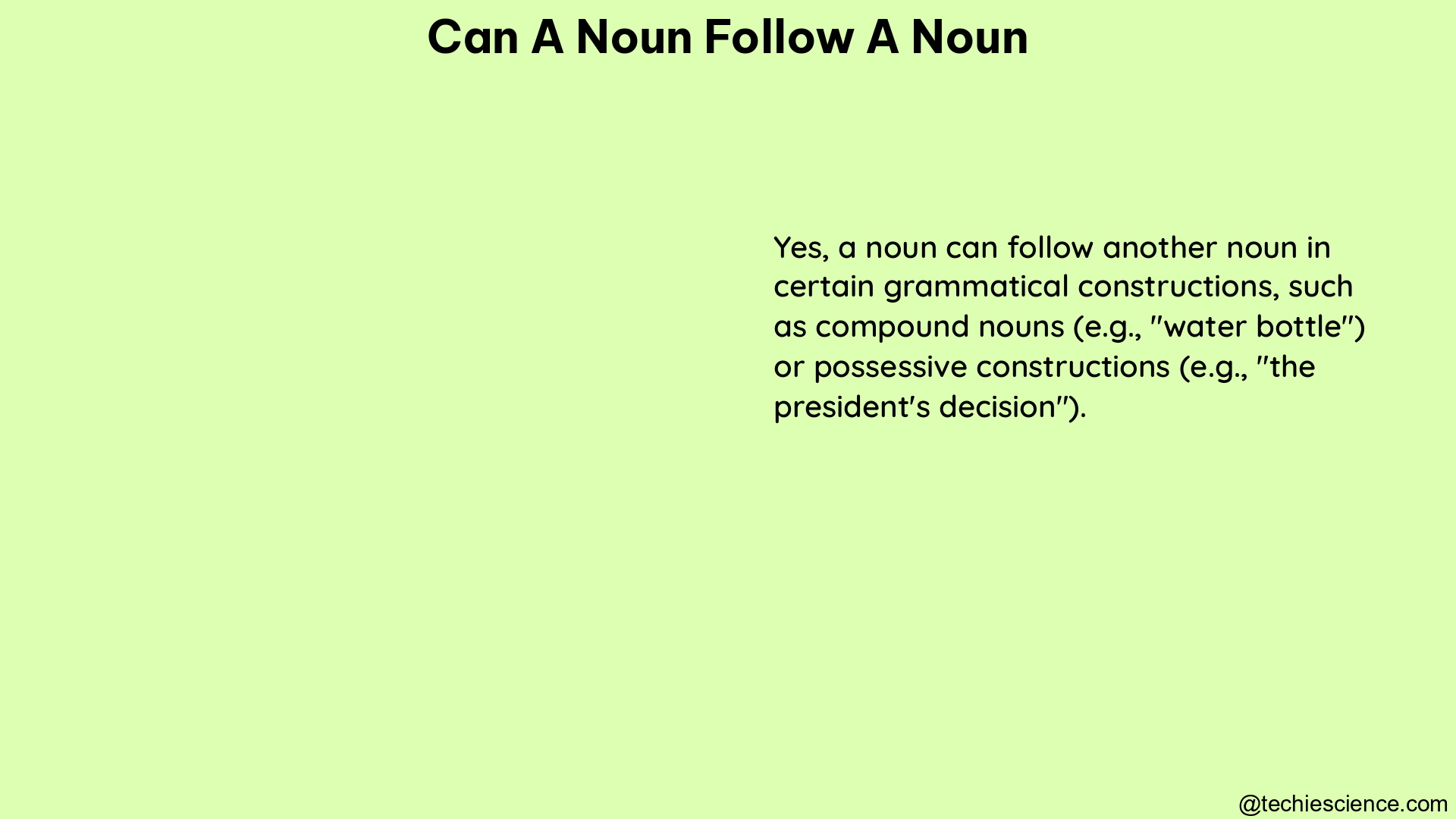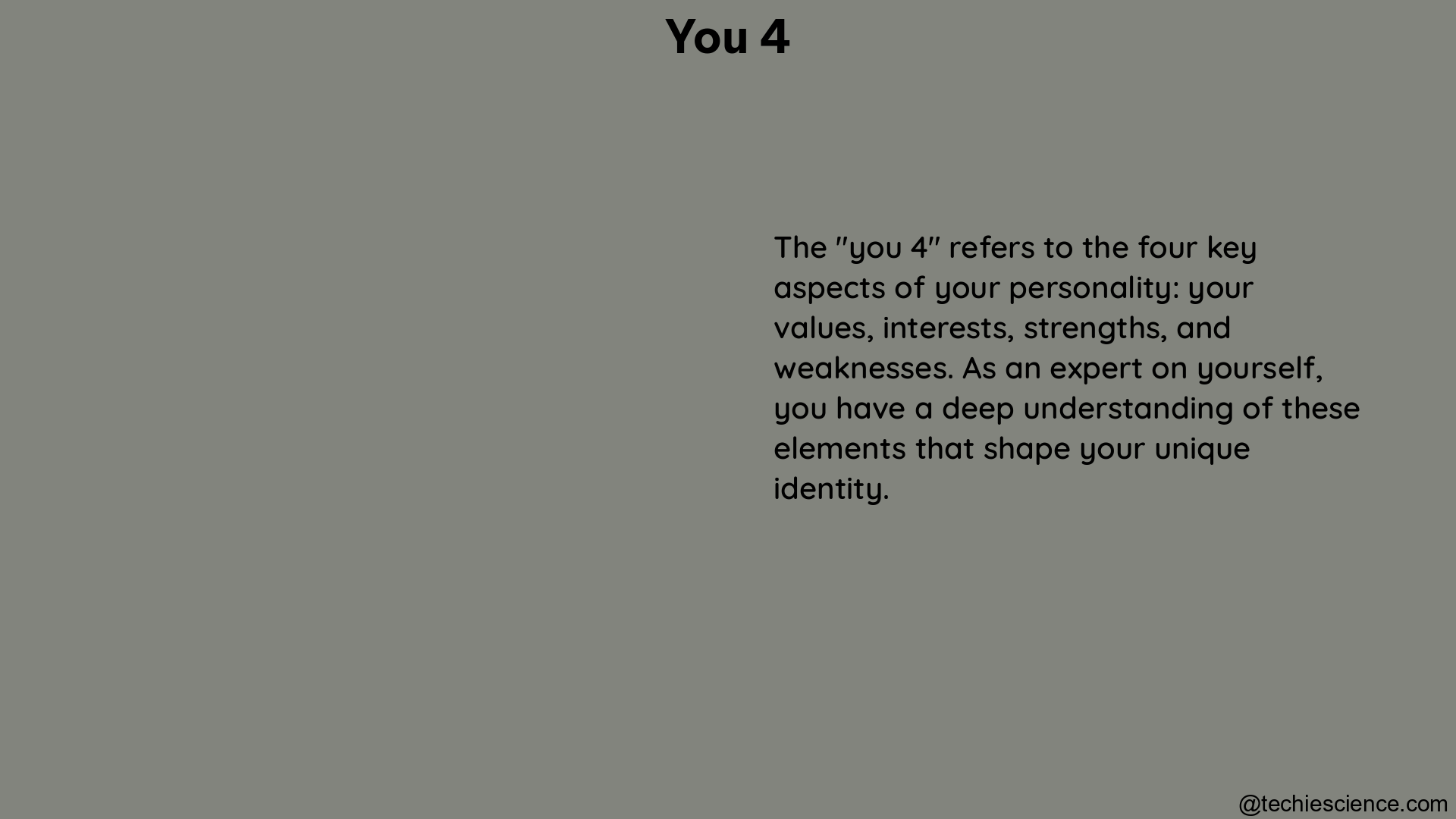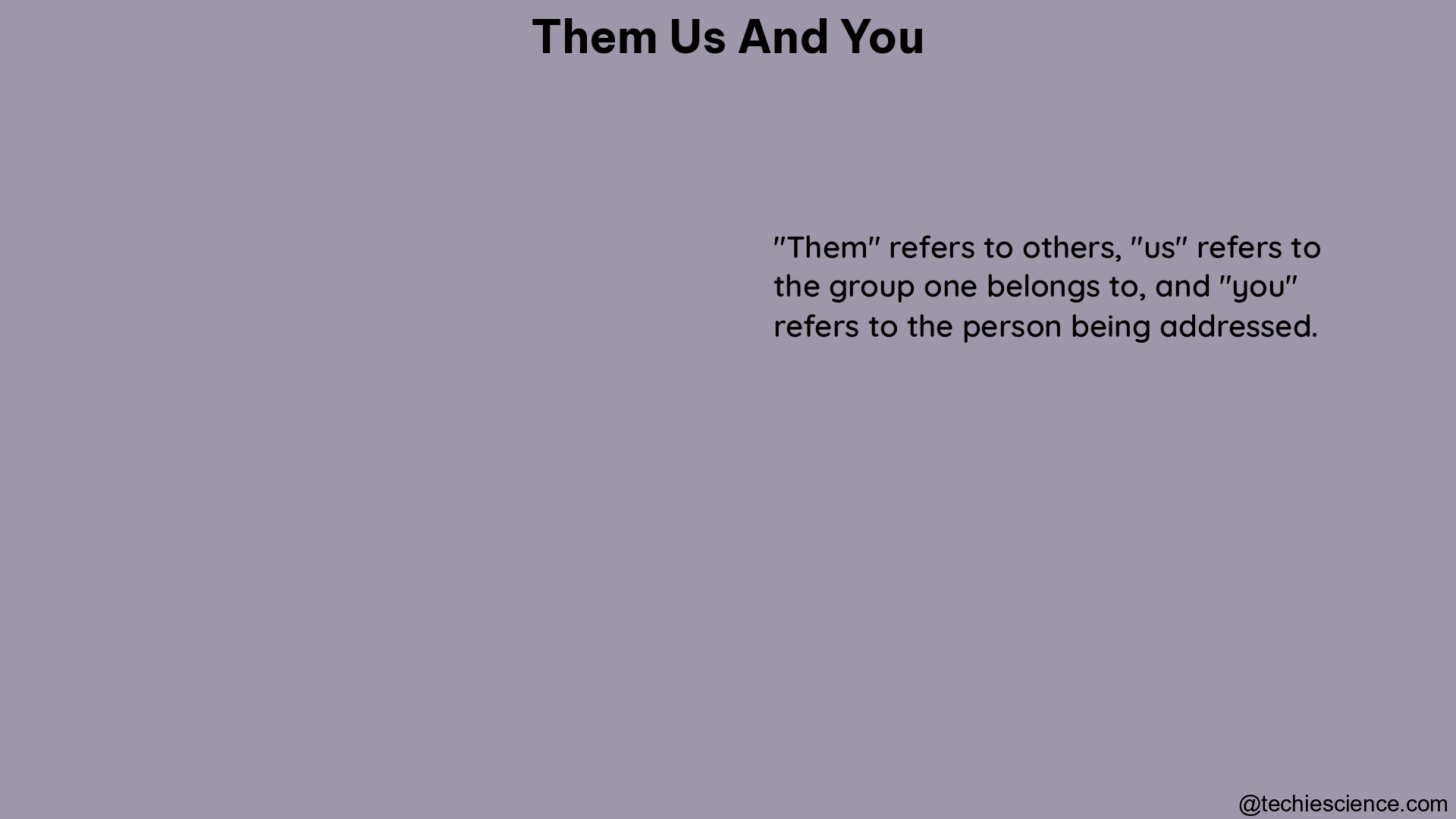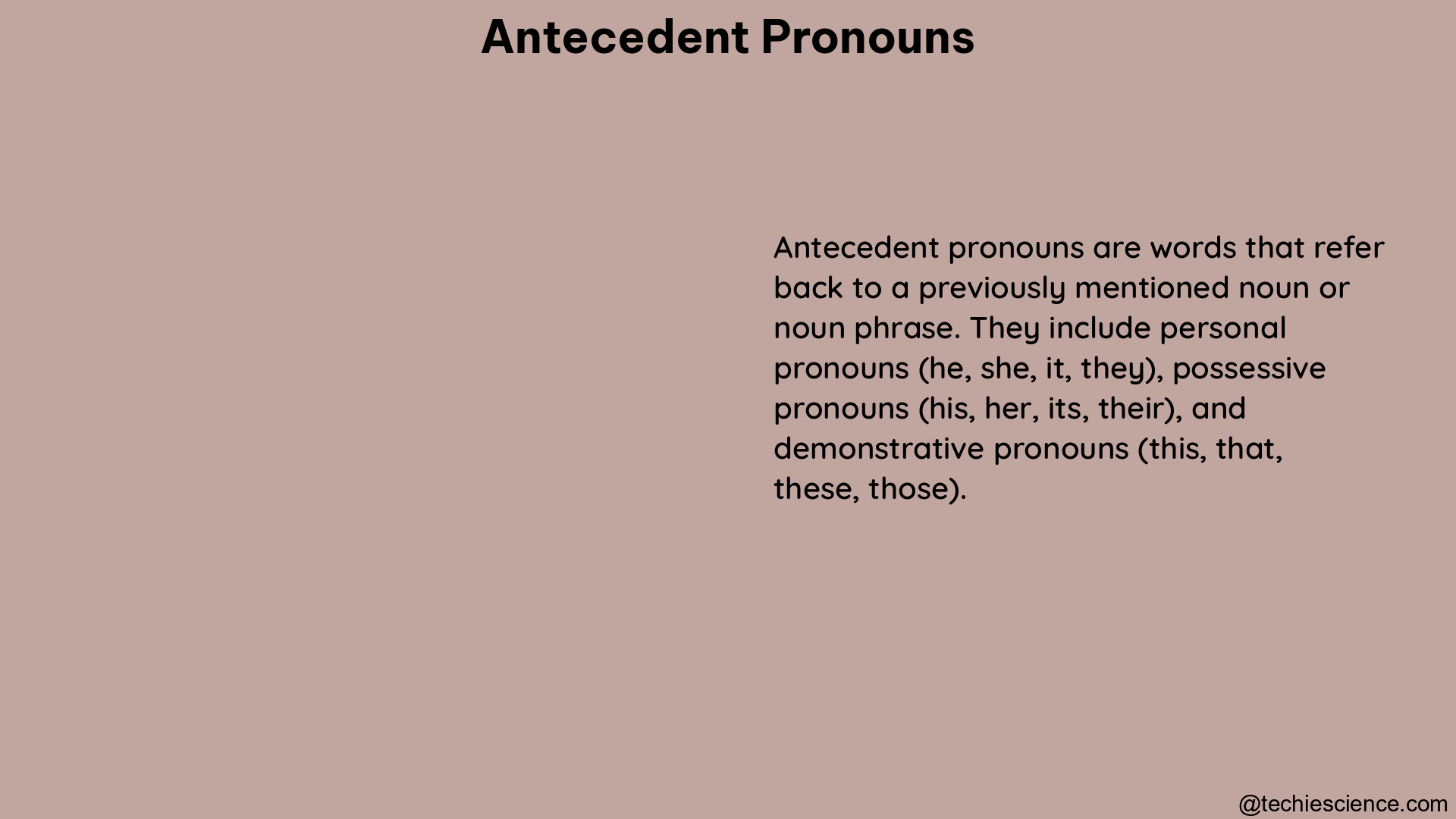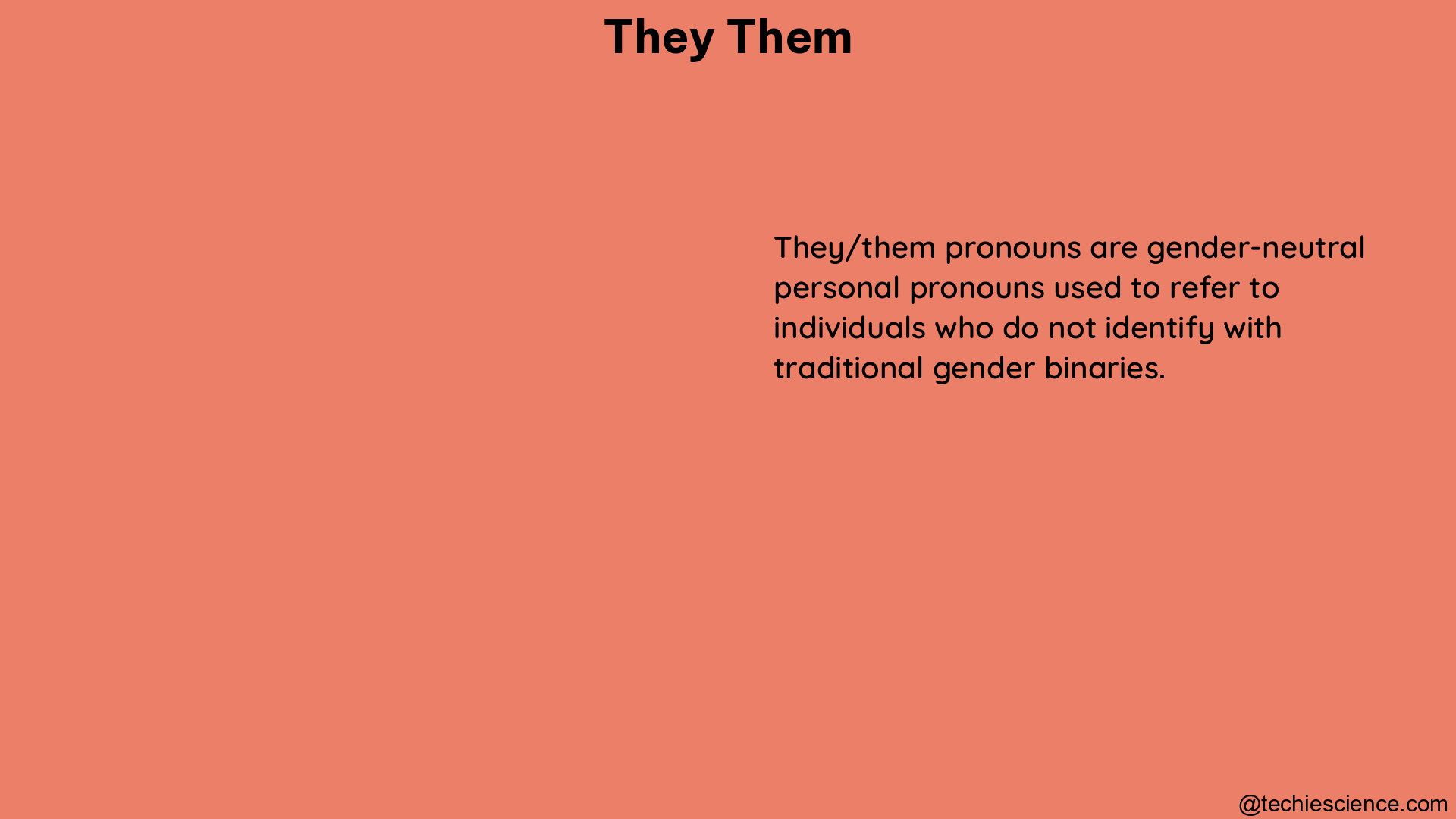In the realm of English language punctuation, the slash, also known as the forward slash, holds a significant place. Its usage varies from representing a division symbol in mathematics to acting as a path separator in URLs. The slash notation is a versatile tool in sentence structure, often used to indicate alternatives, fractions, or to separate elements in dates and coding. However, the rules of grammar dictate certain restrictions and guidelines for its use. For instance, a slash in writing is not interchangeable with a hyphen. Understanding the correct usage of the slash, whether it’s a fraction slash or a programming slash, is crucial to maintaining clarity and precision in text. This introduction aims to delve into the various examples of slash usage, from the common to the complex, to provide a comprehensive understanding of this unique punctuation mark.
Key Takeaways
| Slash Type |
Usage |
Example |
| Division Symbol |
Used in mathematics to denote division |
10/2 = 5 |
| Fraction Slash |
Used to represent fractions |
1/2 means half |
| URL Slash |
Acts as a path separator in URLs |
www.example.com/page1/page2 |
| Programming Slash |
Used in coding to denote various functions |
// is used for comments in some programming languages |
| Date Slash |
Separates elements in dates |
12/31/2021 |
| Text Slash |
Indicates alternatives or options |
He/She, Yes/No |
Understanding the Slash
The slash, also known as the forward slash, is a punctuation mark used in the English language. It is a versatile symbol with a variety of uses in writing, grammar, and even in other fields such as mathematics and programming. In this discussion, we will delve into the different uses of the slash, its role in sentence structure, and its significance in English grammar.
What Does Slash Symbol Mean in a Sentence
In sentence structure, the slash is used as a punctuation mark to indicate a division or a choice. It often replaces words such as “and” or “or”. For instance, in the sentence “Please bring your book/notebook to class”, the slash indicates that you can bring either your book or your notebook.
The slash is also used as a path separator in URLs and file paths in computer systems. For example, in the URL “http://example.com/page1/page2”, the slashes separate the different parts of the web address.
What Does Slash Mean in Grammar
In terms of grammar rules, the slash is used to denote a strong connection between words that might be more significant than what a hyphen or a comma might suggest. It can also be used to indicate a line break in poetry or song lyrics when they are written in a paragraph form. For example, “Twinkle, twinkle, little star/ How I wonder what you are.”
The slash is also used as a division symbol in mathematics. For instance, in the fraction 1/2, the slash represents division. This is known as the fraction slash.
What Does Slash Mean in Writing
In writing, the slash is used to denote a range or span of numbers. For example, “The workshop will take place between 9:00/17:00″ means the workshop will start at 9:00 and end at 17:00.
The slash can also be used to indicate a date in the MM/DD/YYYY format. For example, 12/31/2020 represents December 31, 2020.
In programming and coding, the slash is used as a comment symbol. Anything written after the slash is not executed as part of the code but serves as a note or explanation for the programmer.
Common Misconceptions and Pitfalls
One common misconception about the slash is that it is interchangeable with the backslash. This is not the case. The backslash is used in different contexts, such as in escape sequences in programming languages.
Another pitfall is the overuse of the slash in text. While it can be used to indicate a choice or division, it is not a replacement for proper sentence structure and should be used sparingly.
Conclusion
The slash is a versatile punctuation mark with a variety of uses in English grammar, writing, and beyond. Understanding its proper usage can enhance your writing skills and communication effectiveness. Remember to use it sparingly and appropriately to maintain clarity and readability in your text.
Usage of Slash
The slash, also known as the forward slash, is one of the many punctuation marks used in the English language. It serves various purposes in sentence structure and has different applications in different contexts, such as in writing, mathematics, coding, and URLs.
When to Use Slash
The slash is a versatile punctuation mark with several uses. Here are a few instances when you can use a slash in your text:
- Indicating Options or Alternatives: The slash is often used to denote options or alternatives. For example, “Please reply yes/no to the invitation.”
- Denoting and/or: The slash can be used to mean “and” or “or”. For example, “Each guest must bring his/her ticket.”
- Showing Fractions or Division: In mathematics, the slash is used as a division symbol or to represent fractions. For example, “1/2” means one half or one divided by two.
- Writing Dates: In certain formats, slashes are used to separate the day, month, and year. For example, “12/12/2022.”
- In URLs and Coding: In URLs, the slash is used as a path separator. In coding, the usage of slash varies depending on the programming language.
Where to Use Slash
The slash can be used in various types of writing and contexts. Here are a few examples:
- Academic Writing: Slashes are often used in academic writing to denote options or alternatives, or to represent “and/or”. For example, “Each student should bring his/her notebook.”
- Mathematical Notations: The slash is used as a division symbol and to represent fractions. For example, “The result of the equation is 3/4.”
- URLs: The slash is used as a path separator in URLs. For example, “www.example.com/blog/post1.”
- Coding: In coding, the slash is used for various purposes, such as comments in some programming languages.
How to Use Slash
While using a slash, there are certain grammar rules to keep in mind:
- Space: In most cases, do not put spaces before or after a slash. However, when used to represent “and/or”, it is acceptable to use spaces before and after the slash. For example, “Each guest must bring his / her ticket.”
- Capitalization: Do not capitalize the word following a slash unless it is a proper noun or the start of a new sentence.
- Avoid Overuse: While the slash is a versatile punctuation mark, avoid overusing it as it can make the text difficult to read.
Here are a few examples of slash usage:
- Options or Alternatives: “Please select a color: red/green/blue.”
- And/Or: “Each student must bring his/her notebook.”
- Fractions or Division: “Half of the cake is the same as 1/2 of the cake.”
- URLs: “Visit our website at www.example.com/blog/post1.”
In conclusion, the slash is a versatile punctuation mark with various uses in English grammar. However, it’s important to use it correctly and sparingly to maintain clarity in your writing.
Types of Slash
The slash, also known as the virgule, diagonal, or solidus, is a versatile punctuation mark used in various contexts in the English language. There are two main types of slashes: the forward slash (/) and the backslash (\). Each has its unique usage rules and applications in sentence structure, mathematics, and even computer programming.
Forward Slash Usage
The forward slash, also known as the oblique stroke, is the more commonly used of the two slashes in English grammar. It serves several purposes:
-
Indicating Alternatives or Options: The slash can be used to denote options or alternatives in a sentence. For example, “Please indicate your gender: male/female.”
-
Denoting Fractions: The slash is used as a division symbol in mathematics, especially in fractions. For example, “1/2” represents one-half.
-
Abbreviating ‘Per’ or ‘And’: In certain contexts, the slash can replace ‘per’ or ‘and’. For example, “m/s” for meters per second, or “rock/pop” music.
-
In Dates: The slash is often used in writing dates. For example, “12/31/2021” for December 31, 2021.
-
In URLs: The slash is a path separator in URLs. For example, “www.example.com/page1/page2.”
Backslash Examples
The backslash, while less common in English grammar, is heavily used in computing and coding. Here are some of its uses:
-
Escape Character: In programming, the backslash is often used as an escape character, allowing the programmer to insert special character sequences.
-
Path Separator: In some operating systems, like Windows, the backslash is used as a path separator. For example, “C:\Program Files\Example.”
-
Regular Expressions: In regular expressions, a backslash is used to denote special forms or to allow special characters to be used without invoking their special meaning.
Slash Notation and Grammar Rules
While the slash is a versatile punctuation mark, it’s important to follow certain grammar rules when using it. Here are a few key points to remember:
-
Space: Do not use spaces around the slash in a fraction, date, or URL. However, in a sentence where the slash denotes alternatives, it’s acceptable to use spaces before and after the slash for clarity.
-
Overuse: Avoid overusing the slash as it can make the text difficult to read.
-
Full Sentences: If the text on either side of the slash is a full sentence, it’s better to use a punctuation mark like a period or semicolon.
-
Hyphen vs Slash: A hyphen connects words to form a compound term (e.g., “long-term”), while a slash separates alternatives or options (e.g., “and/or”).
Slash in Writing: Usage Examples
Here are some examples of slash usage in sentences:
- Alternatives: “Each student must bring his/her own laptop to the class.”
- Fractions: “She ate 1/2 of the pizza.”
- Abbreviations: “The speed limit is 60 km/h.“
- Dates: “Her birthday is on 12/31.”
- URLs: “Visit us at www.example.com/aboutus/contact.”
In conclusion, the slash is a versatile punctuation mark with various uses in English language punctuation, mathematics, and programming. Understanding its correct usage can greatly enhance your writing and comprehension skills.
Slash in Different Contexts
The slash, also known as the forward slash, is a punctuation mark used in various contexts in the English language. It is represented by the symbol “/”. The slash has different uses in grammar rules, sentence structure, and even in mathematics and coding. Let’s explore the different contexts where the slash is used.
Slash in Grammar and Sentence Structure
In English grammar, the slash is used to indicate a choice or options. For example, in the sentence “Please tick the box if you are a student/employee“, the slash indicates that you can be either a student or an employee.
The slash is also used as a division symbol in mathematics. For instance, in the fraction 1/2, the slash acts as a fraction slash dividing the numerator (1) and the denominator (2).
Slash in Dates and Text
In dates, the slash is used as a separator. For example, in the date 12/31/2020, the slashes separate the month, day, and year.
In text, the slash is used to indicate line breaks, especially in poetry or song lyrics. For example, in the lyric “Twinkle, twinkle, little star/How I wonder what you are”, the slash indicates the end of one line and the beginning of another.
Slash in Coding and URLs
In coding, the slash is used in various ways depending on the programming language. In Python, for example, a single slash (/) is used for division, while a double slash (//) is used for floor division.
In URLs, the slash is used as a path separator. For example, in the URL “www.example.com/page1/page2”, the slashes separate different levels of navigation within the website.
Backslash Examples
The backslash, represented by the symbol “\”, is often confused with the forward slash. However, it has different uses. In coding, the backslash is used as an escape character. For example, in the string “Hello\nWorld” in Python, the backslash followed by “n” creates a new line.
Hyphen vs Slash
The hyphen and the slash are two different punctuation marks with different uses. The hyphen is used to join words together, such as in “mother-in-law” or “long-term”. The slash, on the other hand, is used to indicate a choice or options, as explained earlier.
Slash Usage Examples
Here are some examples of slash usage in sentences:
- “He/She will be joining us for dinner.” – The slash indicates a choice between “He” and “She”.
- “The shop is open 24/7.” – The slash acts as a division symbol, indicating “24 hours a day, 7 days a week”.
- “Please bring your ID/passport.” – The slash indicates a choice between “ID” and “passport”.
In conclusion, the slash is a versatile punctuation mark with various uses in different contexts. Understanding its correct usage can greatly improve your writing and comprehension skills.
Slash in Punctuation
The slash, also known as the forward slash, is a punctuation mark used in the English language. It serves various purposes in writing, from denoting a line break in poetry to indicating alternatives or options in a sentence. This versatile symbol is also used in mathematical expressions, dates, URL, and coding.
Slash Notation and Grammar Rules
The slash notation is a significant aspect of English grammar rules. It is used to denote a division or a fraction in mathematics, such as ‘1/2’ representing half. In sentence structure, the slash separates items that are alternatives or closely related. For example, in the sentence “Each student must bring his/her ID,” the slash indicates that ‘his’ or ‘her’ could be used depending on the student’s gender.
Forward Slash Usage and Backslash Examples
The forward slash is the most common type of slash used in English writing. It is also referred to as the division symbol in mathematics. For instance, in the equation ’10 / 2 = 5′, the forward slash represents division.
On the other hand, the backslash is primarily used in computer programming and coding. It acts as a path separator in file directories. For instance, in the path ‘C:\Users\John’, the backslashes separate the different levels of the directory.
Slash in Writing and English Language Punctuation
In English language punctuation, the slash is used to indicate a choice or possibility. For instance, in the sentence “Please respond by yes/no,” the slash separates the two possible responses. It can also denote a line break in poetry when written in paragraph form. For instance, “Roses are red / Violets are blue” uses slashes to indicate the end of each line.
Slash Symbol in Mathematics and Dates
In mathematics, the slash symbol is used as a division operator. For example, ’15 / 3 = 5′ uses the slash to represent division. In dates, the slash separates the day, month, and year. For example, ’12/12/2022′ represents the 12th day of the 12th month in the year 2022.
Slash in Coding and Use of Slash in Text
In coding, the slash is used as a division operator and a path separator. For instance, in the path ‘C:/Users/John/Documents’, the slashes separate the different levels of the directory.
In text, the slash can be used to indicate a choice or possibility, as in ‘and/or’, or to represent a line break in poetry. It can also be used in place of the word ‘per’ in measurements, such as ‘km/h’ for kilometers per hour.
Hyphen vs Slash
While both the hyphen and slash are punctuation marks, they have different uses. A hyphen is used to join words together, such as in ‘mother-in-law’ or ‘long-term’. A slash, on the other hand, is used to separate items or indicate a choice or possibility.
Slash Usage Examples
Here are some examples of how the slash is used in English grammar:
- To indicate a choice or possibility: “Each student must bring his/her ID.”
- To denote a line break in poetry: “Roses are red / Violets are blue.”
- As a division symbol in mathematics: ’15 / 3 = 5′.
- To separate the day, month, and year in dates: ’12/12/2022′.
- As a path separator in coding: ‘C:/Users/John/Documents’.
Slash Punctuation Examples
The slash is a versatile punctuation mark with various uses in English writing. Here are some examples:
- To indicate a choice or possibility: “Please respond by yes/no.”
- To denote a line break in poetry: “The sun sets in the west / And rises in the east.”
- As a division symbol in mathematics: ’20 / 4 = 5′.
- To separate the day, month, and year in dates: ’25/12/2022′.
- As a path separator in coding: ‘D:/Games/Fortnite’.
Punctuation Marks Slash Examples
The slash is one of many punctuation marks used in English writing. Here are some examples of how it is used:
- To indicate a choice or possibility: “The meeting will be held in person/virtually.”
- To denote a line break in poetry: “Life is short / Art is long.”
- As a division symbol in mathematics: ’30 / 6 = 5′.
- To separate the day, month, and year in dates: ’01/01/2023′.
- As a path separator in coding: ‘E:/Music/Beatles’.
Understanding the Slash in Mathematics
The slash, a common punctuation mark, plays a significant role in various fields, including mathematics. In the realm of mathematics, the slash symbol is primarily used as a division symbol or to represent fractions.
Slash Notation in Mathematics
In mathematics, the slash is a versatile symbol with multiple applications. It is commonly used to denote division or fractions. For example, the expression “6/2” represents the division of 6 by 2, which equals 3. The same slash notation can also represent the fraction “6 over 2”.
The Grammar Rules of Slash Usage in Mathematics
Just like in English language punctuation, there are grammar rules in mathematics for using the slash. When using the slash as a division symbol, it’s important to place the dividend (the number being divided) before the slash and the divisor (the number by which the dividend is divided) after the slash. For example, in the expression “10/2”, 10 is the dividend and 2 is the divisor.
Slash in Sentence Structure
In mathematical sentence structure, the slash is used to separate the elements of a fraction or a division operation. It is crucial to remember that the slash should not be confused with the backslash, as they have different functions. For instance, the backslash is often used as a path separator in programming or to denote escape sequences in coding.
Forward Slash Usage in Mathematics
The forward slash (/) is the most commonly used slash in mathematics. It is used to denote division or fractions. For example, the expression “8/4” can be read as “eight divided by four” or “eight over four”.
Backslash Examples in Mathematics
While the backslash () is less common in mathematics, it is used in specific mathematical contexts. For example, in set theory, the backslash is used to denote the set difference. If we have two sets A and B, the expression “A \ B” represents the elements that are in A but not in B.
Slash in Writing Mathematical Expressions
When writing mathematical expressions, the slash helps to simplify and clarify the expression. For instance, instead of writing “the division of 5 by 2″, you can simply write “5/2”. This makes mathematical expressions more concise and easier to understand.
Slash as a Division Symbol
The slash is commonly used as a division symbol in mathematics. It separates the dividend from the divisor. For example, in the expression “12/3”, the slash separates 12 (the dividend) from 3 (the divisor).
Fraction Slash in Mathematics
The fraction slash is used to separate the numerator (the top number) from the denominator (the bottom number) in a fraction. For example, in the fraction “3/4”, the slash separates 3 (the numerator) from 4 (the denominator).
Slash in URLs and Programming
In URLs and programming, the slash is used as a separator. For instance, in a URL, the slash separates the domain from the specific page or file on the website. In programming, the slash is used in various ways depending on the programming language. For example, in many languages, the slash is used to denote division, while the backslash is used to denote escape sequences.
Slash as a Path Separator
In computing, the slash is often used as a path separator. For example, in a file path like “C:/Users/Username/Documents”, the slashes separate the different directories in the path.
Slash in Dates
In dates, the slash is used to separate the day, month, and year. For example, in the date “12/07/2021”, the slashes separate the day (12), the month (07), and the year (2021).
Hyphen vs Slash
While both the hyphen and the slash are used as separators, they have different uses. The hyphen is typically used to connect words or parts of words, while the slash is used to separate numbers or words in specific contexts, such as in fractions, divisions, dates, and URLs.
Slash in English Grammar
In English grammar, the slash is used to indicate alternatives, fractions, and divisions. For example, in the sentence “Please choose the color/size you prefer”, the slash indicates that you can choose either the color or the size.
Slash Usage Examples
Here are some examples of slash usage in mathematics and English grammar:
- Division: “15/3 = 5”
- Fraction: “3/4 of the cake was eaten.”
- Date: “The date today is 12/07/2021.”
- URL: “https://www.example.com/page”
- Alternatives: “Please choose the color/size you prefer.”
Slash Punctuation Examples
Here are some examples of slash punctuation in different contexts:
- Division: “20/5 = 4”
- Fraction: “The recipe calls for 2/3 cup of sugar.”
- Date: “His birthday is on 01/01/2000.”
- URL: “Visit our website at http://www.example.com.”
- Alternatives: “Each student must bring his/her own laptop.”
In conclusion, the slash is a versatile punctuation mark with various uses in mathematics, English grammar, and computing. It is important to understand its correct usage in different contexts to ensure clear and accurate communication.
Slash in Symbolism
The slash, also known as the forward slash, is a punctuation mark used in the English language. It’s a versatile symbol with a variety of uses in grammar, mathematics, coding, and more. Let’s delve into the world of slash symbolism and its various applications.
Slash Notation and Punctuation Marks
In English grammar, the slash is often used to denote alternatives or options. For example, in the sentence “Each student must bring his/her own notebook,” the slash indicates that “his” or “her” could be applicable. This is a common use of slash notation in sentence structure.
Forward Slash Usage
The forward slash is also used as a division symbol in mathematics. For example, the fraction 1/2 is read as “one half,” where the slash represents division. This is known as a fraction slash.
In dates, the slash separates the day, month, and year. For example, 12/12/2020 represents the 12th of December in the year 2020.
Backslash Examples
In contrast to the forward slash, the backslash is primarily used in computing and coding. It serves as a path separator in file directories, especially in Windows operating systems. For example, “C:\Users\JohnDoe\Documents” uses backslashes to separate each level of the directory.
Slash in Writing
In literature and writing, the slash is often used to indicate a line break in poetry when written in paragraph form. For example:
"The woods are lovely, dark and deep,/ But I have promises to keep,/ And miles to go before I sleep."
Each slash here indicates the end of a line in the original poem.
URL Slash and Programming Slash
In URLs and programming, slashes play a crucial role. The URL slash separates domain levels and paths, for example, “www.example.com/blog/post1”. In many programming languages, the slash is used for comments or special commands.
Slash Symbol in Mathematics
As mentioned earlier, the slash is used as a division symbol in mathematics. It’s also used to represent ratios, as in “The ratio of boys to girls in the class is 3/2.”
Use of Slash in Text
The slash is also used in text to represent the word “or”, especially in informal contexts. For example, “Are you going to the party/dinner?” Here, the slash indicates an either/or situation.
Hyphen vs Slash
While both the hyphen and slash are used to connect words, they serve different purposes. A hyphen often combines two related words into a single concept (e.g., “well-known”), while a slash typically indicates an option or alternative (e.g., “and/or”).
Slash Usage Examples
Here are a few more examples of slash usage in English grammar:
- “Each participant must sign his/her name.”
- “Please answer the questions true/false.”
- “The final score was 3/1 in their favor.”
Slash Punctuation Examples
In punctuation, the slash can be used to separate lines in a quote, denote a choice or option, or indicate a connection or conflict. For example:
- “To be or not to be, that is the question.”
- “He/she will be joining us later.”
- “The love/hate relationship between them is well-known.”
In conclusion, the slash is a versatile punctuation mark with a wide range of uses in English grammar, mathematics, coding, and more. Understanding its correct usage can enhance your writing and comprehension skills.
Slash in English Literature
The slash, also known as the forward slash, is a punctuation mark used in the English language. This versatile symbol serves multiple purposes in various contexts, including literature, mathematics, and coding. In English grammar, it is used to indicate alternatives, fractions, and divisions, among other things.
Slash Notation and Grammar Rules
The slash notation in English literature is straightforward. It is used to separate words, phrases, or numbers, indicating a choice or alternative. For example, in the sentence “Please respond yes/no to the invitation,” the slash separates the two options, yes and no.
In terms of grammar rules, a slash is generally used without spaces on either side, except when it is used to separate lines of poetry or song lyrics. For instance, “To be, or not to be: that is the question” can be written as “To be, or not to be/that is the question” when using a slash.
Sentence Structure and Forward Slash Usage
The forward slash usage in sentence structure is quite common. It is often used to indicate a strong connection between the words it separates. For example, the sentence “The writer/director of the film won an award” implies that the same person is both the writer and the director.
Backslash Examples and Division Symbol
While the forward slash is widely used in English literature, the backslash is more common in computing and coding. It serves as a path separator in file directories. However, in English literature, the forward slash can also be used as a division symbol or a fraction slash. For example, “1/2” represents one-half.
Slash in Writing and URL Slash
In writing, the slash is used to indicate alternatives, fractions, and divisions. It is also used in URLs as a separator between the domain and the specific page or file on a website. For example, in “www.example.com/page1”, the slash separates the main site from the specific page.
English Language Punctuation and Slash Symbol in Mathematics
In English language punctuation, the slash separates lines of poetry or song lyrics when they are written in a single line. In mathematics, the slash is used as a division symbol or to indicate a fraction. For example, “3/4” represents three-fourths.
Slash in Dates and Coding
In dates, the slash separates the day, month, and year. For example, “12/11/2021” represents the 12th of November, 2021. In coding, both the forward slash and the backslash have specific uses. The forward slash is often used in URLs, while the backslash is used as an escape character.
Use of Slash in Text and Hyphen vs Slash
In text, the slash is used to indicate alternatives or options. For example, “and/or” means either “and” or “or”. On the other hand, a hyphen is used to connect words or parts of words. It is used in compound words and to indicate a range, such as “1990-2000”.
Slash Usage Examples and Punctuation Examples
Here are some examples of slash usage in sentences:
- “He is a writer/director.”
- “Please respond yes/no to the invitation.”
- “The event will take place in June/July.”
In these examples, the slash is used to indicate alternatives or a strong connection between the words it separates.
In conclusion, the slash is a versatile punctuation mark with various uses in English literature, mathematics, coding, and more. Understanding its correct usage can greatly enhance your writing skills.
Special Usage of Slash
The slash, also known as the forward slash, is a punctuation mark used in various contexts in the English language. It is an essential part of sentence structure and has a wide range of applications, from indicating a line break in poetry to separating elements in a URL.
Slash Notation
In English grammar, the slash is used to denote alternatives, fractions, and divisions. For example, the sentence “You can choose between a cat/dog” implies the reader can choose either a cat or a dog. In mathematics, the slash symbol is used as a division symbol, such as in the equation 10/2 = 5.
Punctuation Marks and Grammar Rules
The slash is one of many punctuation marks used in English. It is crucial to follow grammar rules when using it. For instance, there should be no spaces around a slash when it is used in a fraction (e.g., 3/4), but spaces are typically used when the slash separates words or phrases (e.g., and/or).
Sentence Structure and Forward Slash Usage
In sentence structure, the forward slash is used to indicate a choice or alternative. For example, “He/She will be attending the meeting” means either “he will be attending the meeting” or “she will be attending the meeting”.
Backslash Examples
The backslash, unlike the forward slash, is not used in English grammar. It is primarily used in coding and as a path separator in file directories on computers.
Slash in Writing
In writing, the slash can be used to indicate a line break in poetry or song lyrics when they are written in paragraph form. For example, “Twinkle, twinkle, little star/ How I wonder what you are”.
Division Symbol and Fraction Slash
As previously mentioned, the slash is used as a division symbol and fraction slash in mathematics. For example, “half” can be written as 1/2.
URL Slash and Programming Slash
In a URL, the slash separates different parts of the address. In programming, the slash is used as a division operator and in certain coding languages, it is used to start a comment.
Path Separator
In file directories on computers, the slash is used as a path separator. For example, in the path “C:/Users/John/Documents”, the slashes separate different folders in the hierarchy.
Slash Symbol in Mathematics
In mathematics, the slash is used to represent division and fractions. For example, “two divided by four” can be written as 2/4.
Slash in Dates
In dates, the slash separates the day, month, and year. For example, 12/12/2022.
Slash in Coding
In coding, the slash has various uses depending on the programming language. For example, in Python, a double slash (//) is used for floor division.
Use of Slash in Text
In text, the slash is used to indicate alternatives or options. For example, “Please check yes/no” means the reader should check either “yes” or “no”.
Hyphen vs Slash
The hyphen and slash are different punctuation marks with different uses. A hyphen is used to join words together, like in “mother-in-law”, while a slash is used to indicate alternatives or division, like in “and/or” or “2/4”.
Slash Usage Examples
Here are a few examples of slash usage:
- Alternatives: “You can choose tea/coffee.”
- Fractions: “Half of the cake is the same as 1/2 of the cake.”
- Division: “Ten divided by two is the same as 10/2.”
Slash Punctuation Examples
Here are a few examples of slash punctuation:
- Line breaks in poetry: “Roses are red/ Violets are blue”
- Separating elements in a URL: “http://www.example.com”
- Indicating options: “Please check yes/no”
In conclusion, the slash is a versatile punctuation mark with various uses in English grammar, mathematics, coding, and more. Understanding its correct usage can enhance your writing and communication skills.
Conclusion
In conclusion, the slash notation, also known as the forward slash, is a versatile punctuation mark in the English language. It serves multiple purposes in grammar rules, sentence structure, and even in various fields such as mathematics, programming, and URL formation.
The slash can be used as a division symbol, a fraction slash, or even as a path separator in coding. It’s also commonly used in writing dates. However, it’s crucial to understand the correct usage of slash in text to avoid confusion.
For instance, a backslash example might look like this: C:\Users\Name\Documents, illustrating its role as a path separator. On the other hand, a forward slash usage in a sentence could be: “Please read the book/chapter before our next meeting“, indicating an option between two things.
Remember, while the slash is a handy tool, it’s not a replacement for other punctuation marks or a way to avoid proper sentence structure. Always use it judiciously and in accordance with established grammar rules.
Frequently Asked Questions
What are some slash python examples?
In Python, the slash symbol is used as a division operator in mathematical operations. For example, 10 / 2 would result in 5. It is also used in file paths like '/user/desktop/python_script.py'.
Can you provide some slash command examples?
In command-line interfaces, a slash is often used to specify options or switches. For example, in the Windows Command Prompt, you might use dir /p to display directory contents one page at a time.
What is the definition of a slash and can you give some examples?
A slash is a punctuation mark used to indicate a pause, a choice, or a relationship between words. For example, in the sentence “Please bring your book/notebook to class,” the slash indicates an option between a book or a notebook.
Can you give some verb slash examples?
In English, a slash can be used to separate two verbs indicating different actions. For example, “The dog will sit/lie down when commanded.”
How do you use a slash in a sentence?
A slash can be used in a sentence to indicate a choice or alternative. For example, “You can pay by cash/credit card.”
Can you provide some slash punctuation examples?
A slash can be used to indicate a line break in poetry when written in a single line. For example, “The woods are lovely, dark and deep/But I have promises to keep.”
What does a slash mean in writing?
In writing, a slash is used to indicate a choice, an alternative, or a relationship between words. It can also represent a line break in poetry or song lyrics.
Can you give some slash examples in math?
In mathematics, a slash is used as a division symbol. For example, 10 / 2 = 5. It can also represent a fraction, like 1/2.
What does the slash symbol mean in a sentence?
In a sentence, a slash symbol typically indicates a choice or alternative. For example, “Please respond yes/no to the invitation.”
When do you use a slash in a sentence?
A slash is used in a sentence to indicate a choice or alternative, to represent a line break in poetry or song lyrics, or to separate elements in dates or fractions. For example, “The event will take place on 05/10/2022.”
